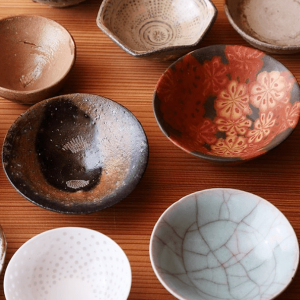
How to Store Your Sake at Home
For a drink as delicate and sometimes valuable as sake, it pays to learn how storage can affect taste. Whether standing it up in a fridge or lying it on a shelf, knowing home storage best practice is essential to maximizing your sake enjoyment.
Labels on sake bottles don’t have a “best by” date. This is because sake has no expiration date to speak of. It doesn’t “go bad,” turn toxic, or even really go flat or stale like beer and wine can.
That means, essentially, that whether or not an opened bottle of sake that’s been sitting around a while tastes good is largely a matter of personal preference. However, different storage techniques will lead to different tastes, so it’s important to know how to best achieve the desired results.
Just Toss it in the Fridge, Right?
Conventional wisdom with most drinks is that keeping it in the fridge is a wise move to preserve its quality, and for the most part this is believed about sake too. But, standard pasteurized sake is a surprisingly resilient drink and can handle time spent at room temperature as long as it’s kept out of direct sunlight. Consensus is that sake tainted by excessive UV exposure develops an unpleasant color, smell, and flavor.
More important is how you keep the bottle: vertically or horizontally. If the aim is to preserve the state of the sake as it was brewed and bottled, then without a doubt vertical is the way to go. This minimizes the surface area of sake that comes into contact with air, and also keeps it away from the cap which can alter the flavor as well, especially if it’s metal.
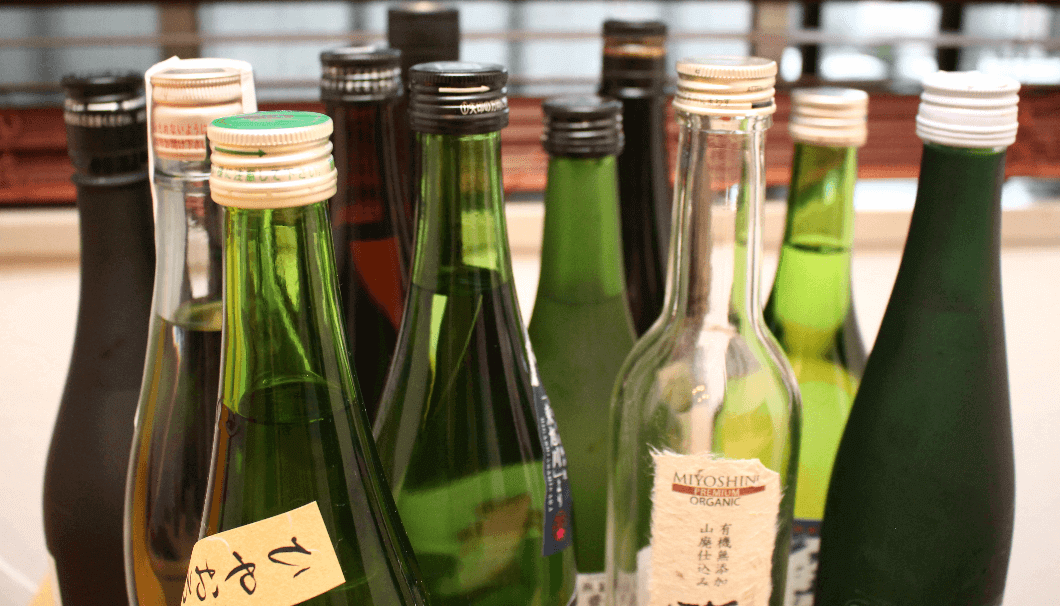 Metal twist caps are very common for sake bottles
Metal twist caps are very common for sake bottles
However, it’s not uncommon for bottles of sake to be big, with 1.8L (61oz) being a standard size. So, if available fridge space makes that a tough fit, you’re probably better off standing it up on a dark shelf or cupboard than lying it down in a fridge.
In the case of unpasteurized “namazake,” it must be kept refrigerated, as the yeast in the sake remains active and can continue to ferment, potentially developing a foul smell or flavor.
Oxidation is bad…Except When It’s Good
Sake is a very delicately crafted drink and breweries go to great lengths to fine tune their brands’ specific flavors, so it’s important to know that the more oxidation that occurs, the farther away from its creators’ intended taste the sake becomes.
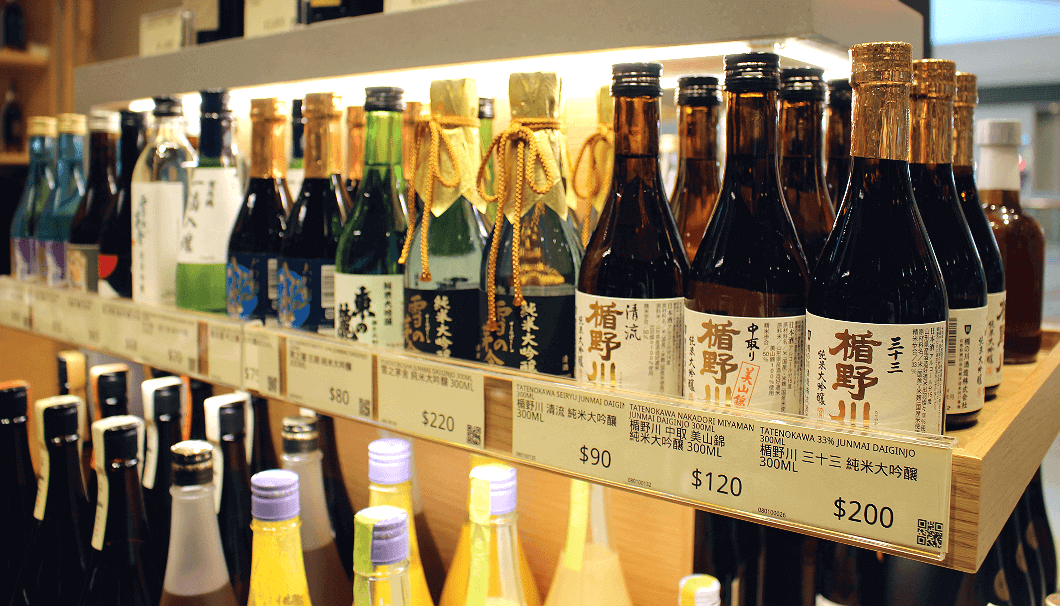 Thin necks on sake bottles help to minimize the effects of oxidation.
Thin necks on sake bottles help to minimize the effects of oxidation.
To hang on to that original flavor, temperature is the best tool. The general rule of thumb is that the lower the temperature, the slower the rate of oxidation. Keeping a bottle at regular fridge temperatures should suffice, but going even a little lower might help buy you a little extra time to enjoy the sake as intended. Of course, the opposite holds true as well and keeping sake at slightly warmer temperatures will mellow it out somewhat – which could be what you’re going for! It’s even possible to experiment with maturing unopened bottles by yourself, but that’s another topic.
It’s an Art Not a Science
With so many variables including personal taste, there is no foolproof way to correctly store a bottle of sake. But with practice and experience certain instincts can be developed such as when a particularly tart bottle could use a little breathing.
There is also specialized equipment often found in the wine world like specialized fridges and gas canisters to take preservation to whole other levels, but chances are you’ll find that you can accomplish a lot even without all that gadgetry.
Just start small and experiment with different storage locations to see how the sake changes over time, and enjoy the wide world of possibilities that opens up as a result.
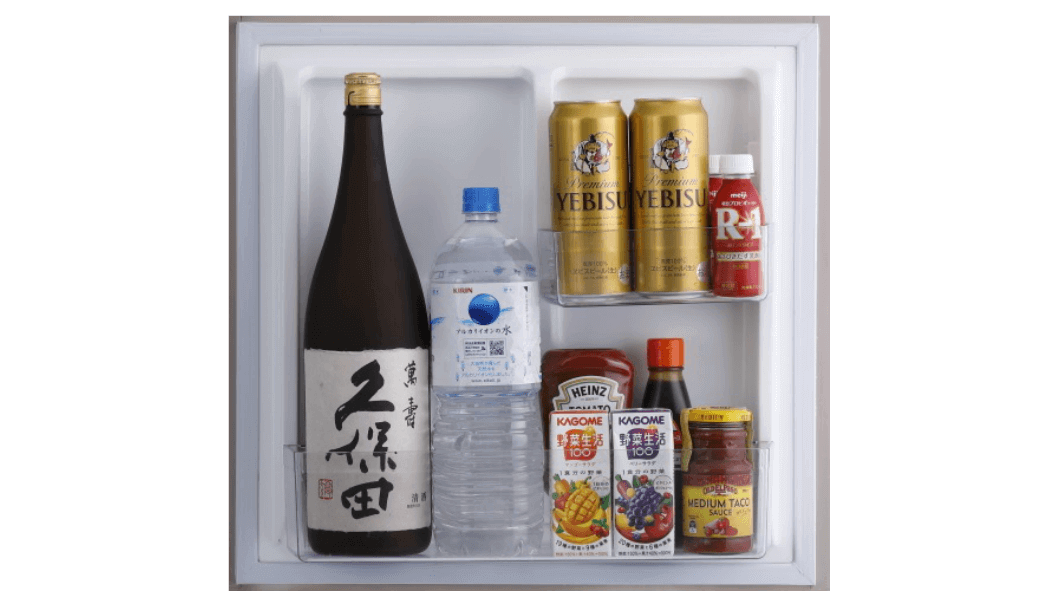
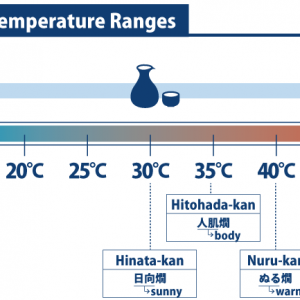


Comments